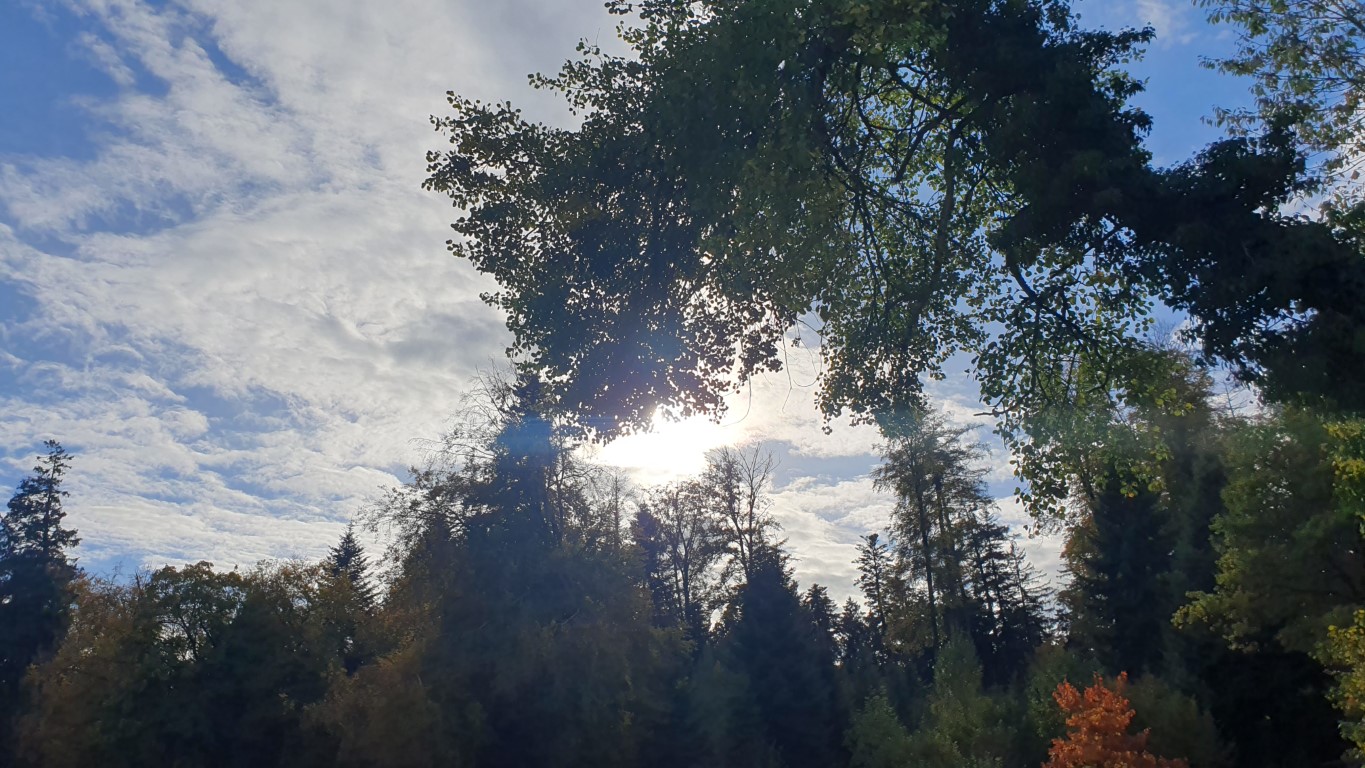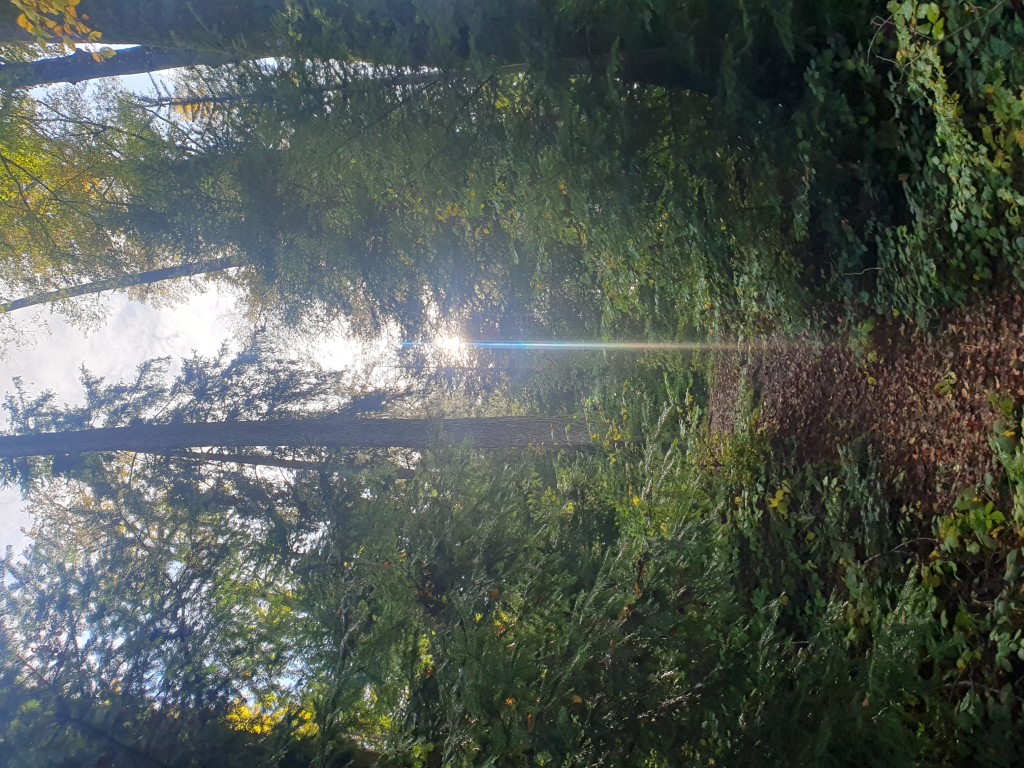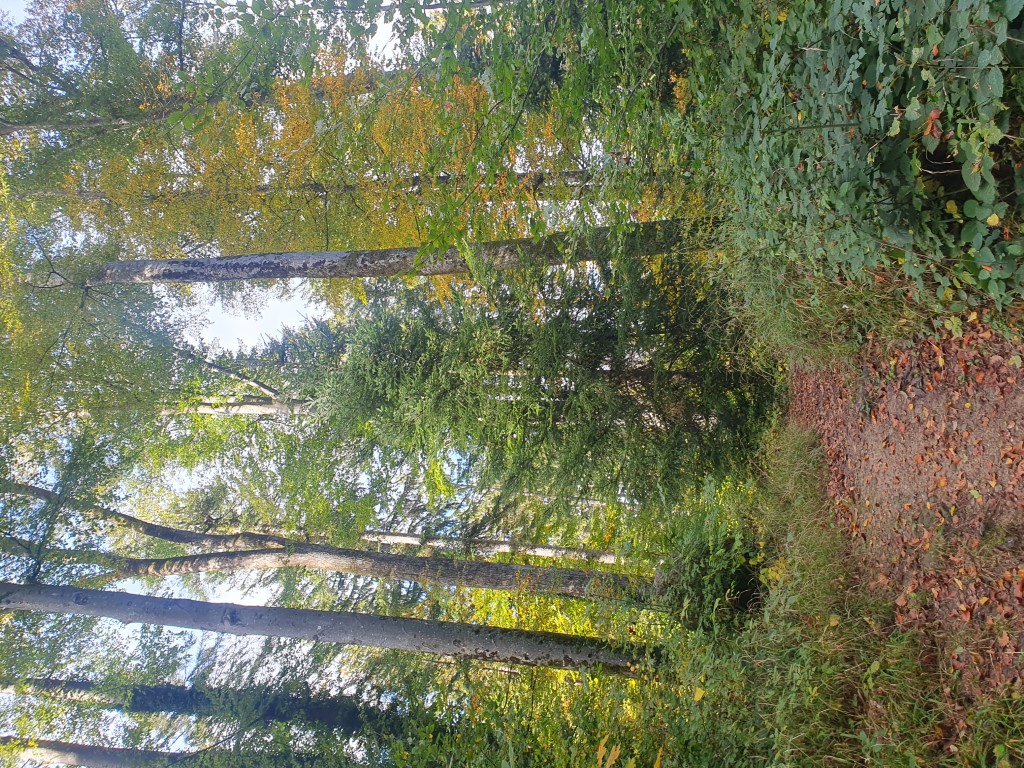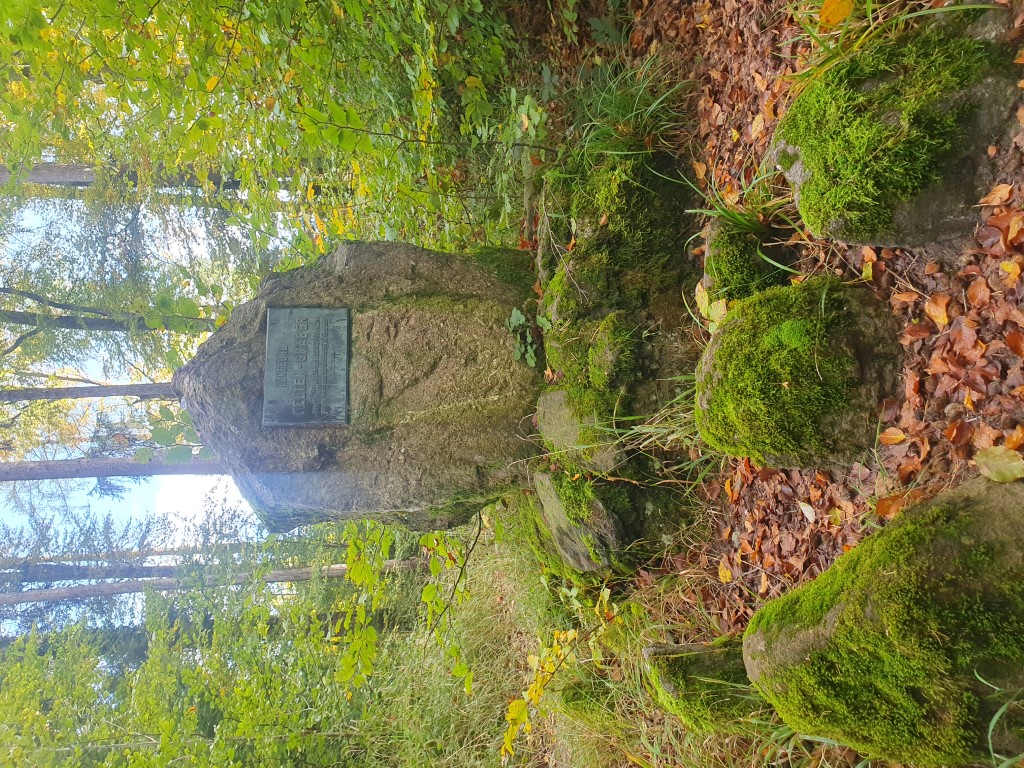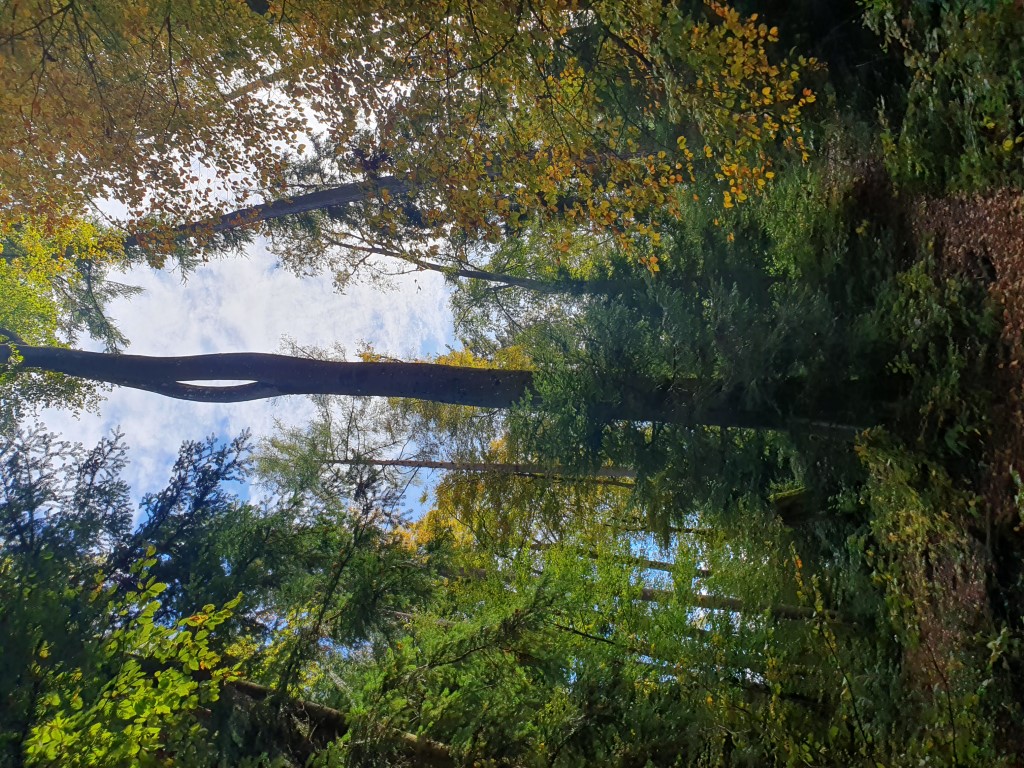The Celtic tribe of the Helvetii once lived in Switzerland under the leadership of their chief Orgetorix. There are no written records of the Celts themselves. However, we know of their druids, who acted as priests, magicians and healers.
The archaeologist Ferdinand Keller discovered artifacts such as jewelry, kitchenware and a belt buckle on the Fünfbühl, but no skeletons. The Celts had the habit of cremating important deceased people in earth pits. The ashes were collected in urns and placed in these pits, over which stone piles were then built.
background
On the picturesque hill with the enchanting name Fünfbühl, an elegant plaque reveals its secrets: graves from the distant Iron Age, between 800 and 500 BC, lie here. But this sparse information leaves the viewer insatiably searching for further answers. Because here lies an enigmatic image: an imposing stone, possibly a boulder, surrounded by small stones that form a mysterious circle. The snow that has gently fallen on it makes it difficult to decipher this artistic ensemble.
In the 19th century, laymen first ventured to this site, leaving a certain amount of chaos behind them. But then the famous archaeologist Ferdinand Keller appeared on the scene. Under his expert guidance, a true wonder of the past was uncovered here. A so-called "cremation grave" with precious tableware as an addition was revealed to curious eyes. The ritual sequence was as follows: the deceased was cremated in a wooden fire pit, and then this holy site was marked with an impressive stone ring.
Access
The grave site is freely accessible. The best way to get there is to take the Forchbahn to Waldburg station and then continue on foot.


